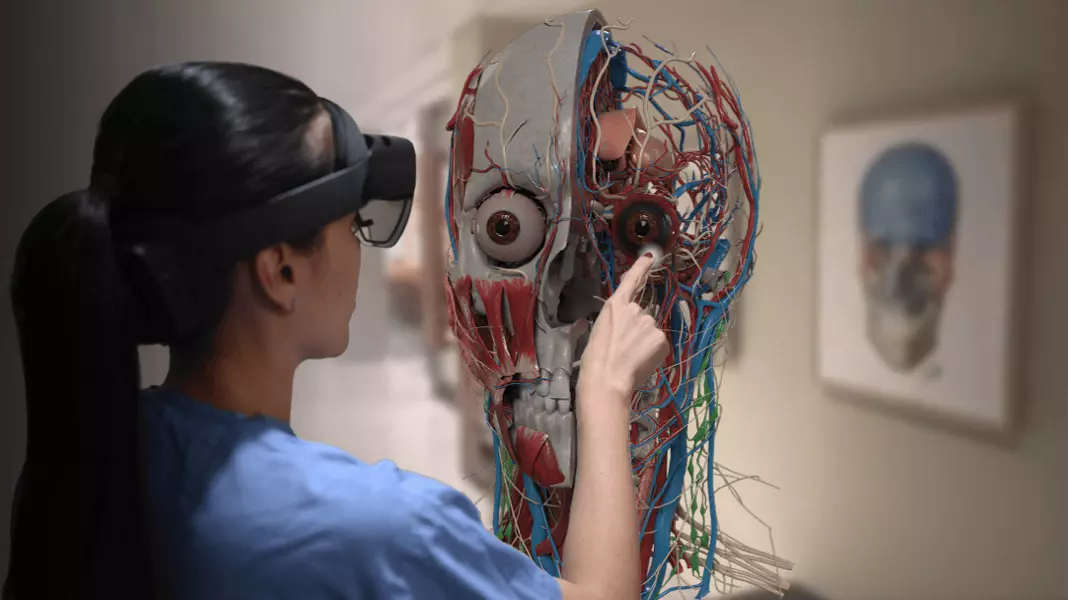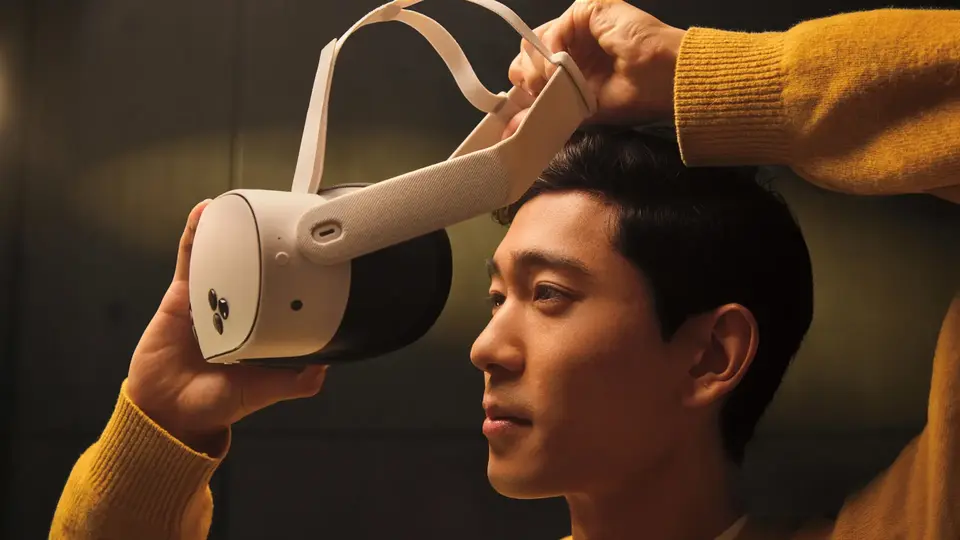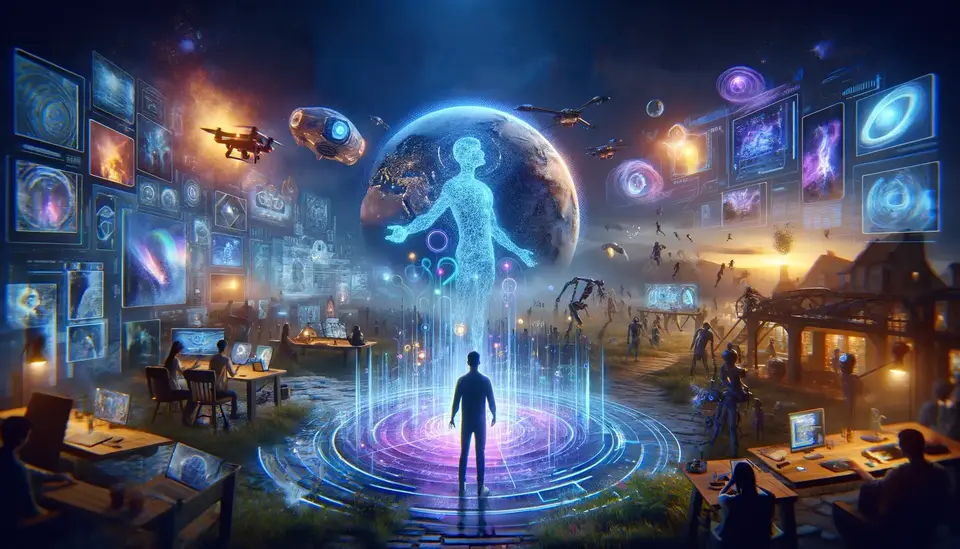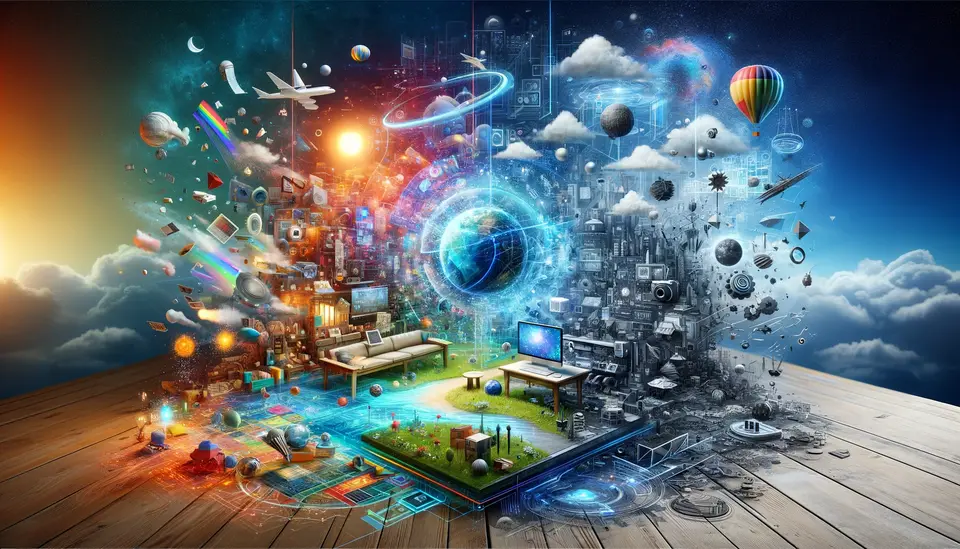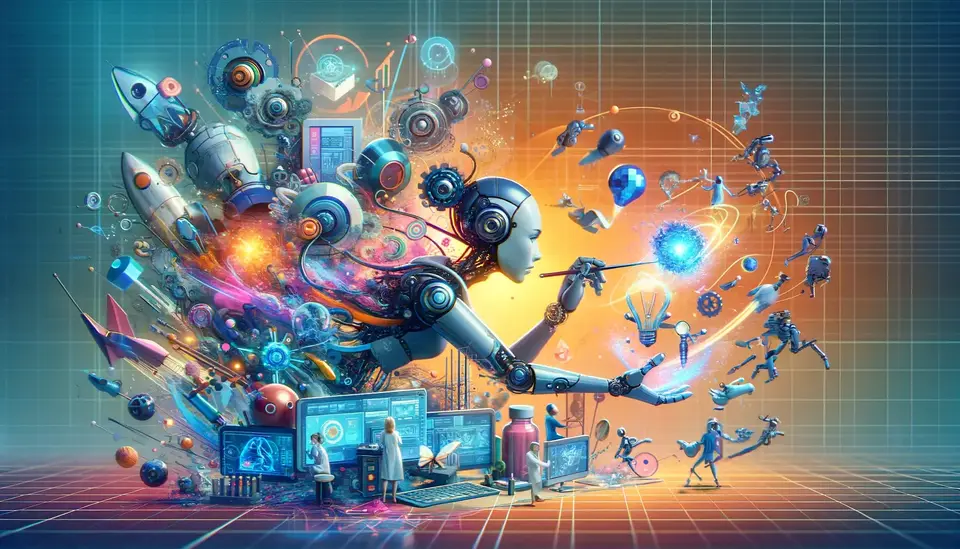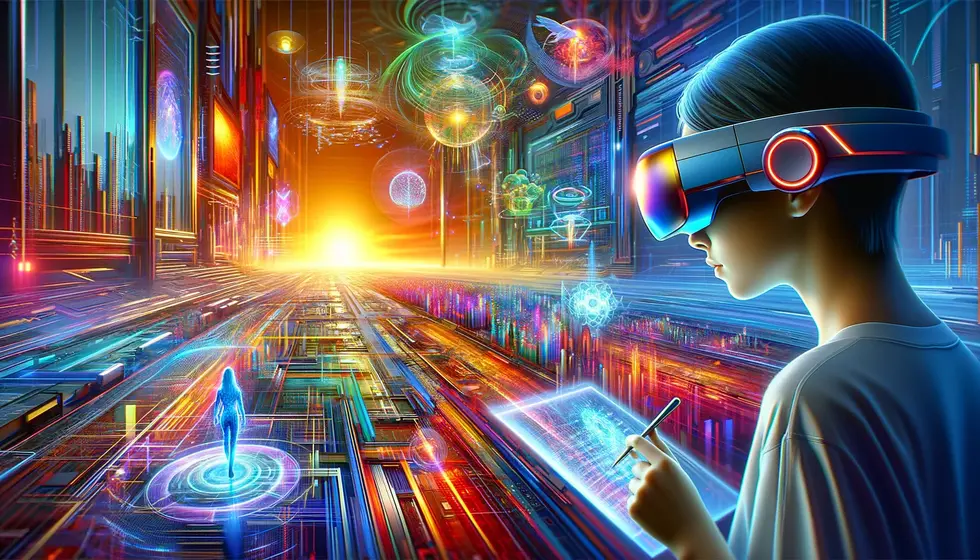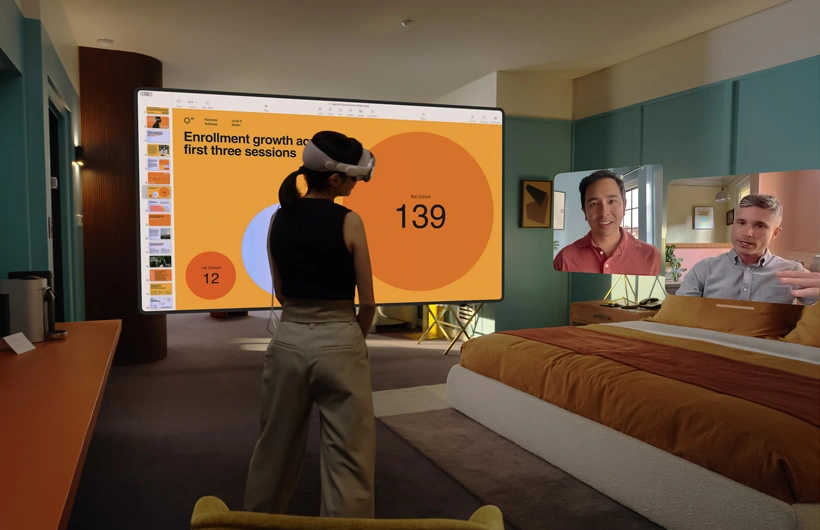The History of Mixed Reality
Posted on March 17, 2023 3 minutes 505 words
Table of contents
- Laying the Groundwork: The Origins of Mixed Reality
- Trailblazers and Turning Points: The Early Milestones
- The Dawning of Mixed Reality Devices: HoloLens and Beyond
- A Symphony of Technologies: The Driving Forces Behind MR
- Mixed Reality in Action: Success Stories Across Industries
- Envisioning the Future: Trends and Concerns in Mixed Reality
- Conclusion
Mixed reality (MR) has become a transformative force in today’s digital landscape, merging the physical and virtual worlds to create immersive experiences that enhance our lives. This innovative technology has impacted various sectors, ranging from entertainment and education to healthcare and architecture. In this blog post, we will take a journey through the history of mixed reality, exploring its origins, milestones, applications, and future prospects.
Laying the Groundwork: The Origins of Mixed Reality
The foundations of mixed reality can be traced back to Steve Mann’s work on mediated reality in the 1970s. Mann’s research focused on augmenting human perception through digital overlays in the real world. Building upon this idea, Paul Milgram and Fumio Kishino introduced the Reality-Virtuality continuum in 1994, illustrating the spectrum of experiences from purely real to purely virtual.
Trailblazers and Turning Points: The Early Milestones
The evolution of mixed reality has been marked by several pivotal moments. In 1965, Ivan Sutherland conceptualized “The Ultimate Display,” a simulation that could replicate reality. Sutherland later developed the first head-mounted display (HMD), laying the groundwork for future MR devices. Fast forward to the 1990s, when Thomas Caudell and David Mizell at Boeing developed the first optical see-through HMD, coining the term “augmented reality.”
The Dawning of Mixed Reality Devices: HoloLens and Beyond
The mixed reality landscape was forever changed with the introduction of devices like Microsoft’s HoloLens (2016) and Magic Leap One (2018). These cutting-edge gadgets showcased the potential of MR technology with holographic computing and spatial computing capabilities, paving the way for applications in gaming, education, and design.
A Symphony of Technologies: The Driving Forces Behind MR
The rapid advancement of mixed reality has been fueled by the convergence of several key technologies, including computer vision, motion tracking, and artificial intelligence. Additionally, the widespread adoption of smartphones and mobile devices has played a crucial role in popularizing MR and making it accessible to a larger audience.
Mixed Reality in Action: Success Stories Across Industries
Mixed reality has left a significant impact on numerous sectors. In healthcare, MR has been employed for surgical planning, training, and therapy. In architecture, it has revolutionized visualization and planning processes. The entertainment industry has embraced immersive gaming experiences and interactive storytelling. These success stories underscore the transformative power of MR technology.
Envisioning the Future: Trends and Concerns in Mixed Reality
As mixed reality continues to progress, we can anticipate advancements in hardware, increasingly realistic virtual environments, and deeper integration into everyday life. However, this rapid growth also brings ethical, social, and privacy concerns that must be considered to ensure the responsible development and adoption of MR technology.
Conclusion
From its humble beginnings to its current state of innovation, mixed reality has demonstrated its potential to revolutionize the way we interact with our environment and reshape various industries. As we look toward the future, it is crucial to address the accompanying challenges and concerns to create a world where mixed reality is harnessed for the betterment of society.

